Popular games published by company Virgin Mastertronic

Progress is made through the game by fighting through Death Adder's henchmen, including men armed with clubs and maces, skeleton warriors, and knights. Players are able to attack using their weapon, jump and cast spells that hurt all enemies on the screen. The force of this magic depends on the number of "bars" of magic power currently available. The bars are filled by collecting blue 'magic potions' attained by kicking little sprites who then drop the potions. These sprites appear during regular levels and during bonus stages in between levels. The male warrior Ax is able to cast earth spells. The dwarf Gilius, casts lightning spells and the female warrior Tyris casts fire magic. Each character has a different number of maximum magic bars and varying ranges of attack. Various steeds known as bizarrians are found in the game. These can be ridden when the enemy rider is knocked off, or if one is found dormant. The least powerful steed is known as the Cockatrice, which can be used to knock down enemies with a swipe of its tail. The more powerful dragon, which can either shoot fireballs or breathe fire, is found later in the game.
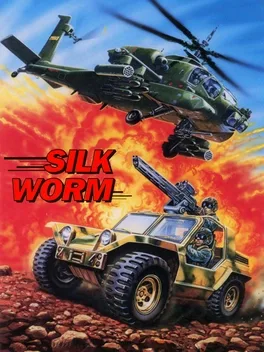
Silkworm is a classic horizontally-scrolling shoot-em-up. The main difference between this game and many other side-scrolling shoot-em-ups is that you will be on land as well as in the air. The first player would play as a helicopter, but if a second player joins the game, they would play as a jeep. Both players would have to protect each other as well as themselves. After a certain number of kills, a "goose" helicopter would form on the screen. If the players managed to destroy it they would get a weapon's powerup. This would go on throughout the entire game, and a "goose" could appear even during the fight with the end-of-level baddie.
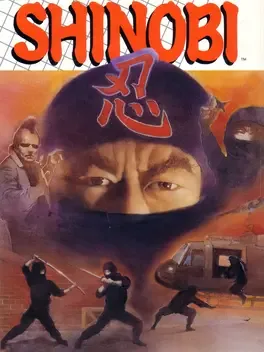
The five missions in the game are each three or four stages long. Several hostages are being held in each stage; Joe must rescue all of them before he is allowed to finish the stage. The last stage in each mission has no hostages, but instead features a powerful boss character whom Joe must defeat. After completing each of the first four missions the player is taken to a bonus stage, where he can earn an extra life if he is able to kill all of the ninjas leaping towards him. Completing the fifth mission ends the game. Also, once the fifth mission begins, continues are no longer allowed; the player has to finish the game with however many lives he has left at that point. If the player earns a place on the high score board, the number of credits it took him to get that score is displayed along with his score. Joe's standard weapons are an unlimited supply of shuriken, along with punches and kicks when attacking at close range. One hostage per stage gives him a power-up. When powered-up, his throwing stars are replaced by a gun that fires large, explosive bullets, and his close-range attack becomes a katana slash. Joe can also perform "ninja magic," which may be used only once per stage and kills (or damages, in the case of bosses) all enemies on the screen. The game also allows the enemies to hide behind boxes or use shields to block Musashi's shurikens.[4] Joe can be killed with one hit, provided he is hit by a projectile or melee attack, but if he does not find himself in those situations, the player can touch regular enemies and just be pushed back without being damaged. Since most enemies appear in the same place on each level, it is possible to master the game by memorizing their locations and devising patterns to defeat them. At the end of each stage, the player receives score bonuses based on performance. Completing the stage without using ninja magic or without using any throwing stars or bullets earns the player a point bonus. The player has three minutes to complete each stage; remaining time at the end of the stage is also converted to bonus points and added to the player's score.
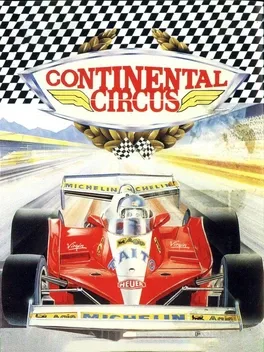
Continental Circus, released as Continental Circuit in North America, is a racing simulation arcade game, created and manufactured by Taito in 1987. It was later ported to various home computers in 1989, including the Amiga, Amstrad CPC, Atari ST, Commodore 64, MSX and ZX Spectrum. It was then released in 2005 for the PlayStation 2, Xbox and PC as part of Taito Legends. The arcade version of this game comes in both upright and sit-down models, both of which feature shutter-type 3D glasses hanging above the player's head. According to Computer and Video Games in 1988, it was "the world's first three dimensional racing simulation." The home conversions of Continental Circus lack the full-on 3D and special glasses of the arcade version, or the detailed graphics, but retain the essential gameplay structure.
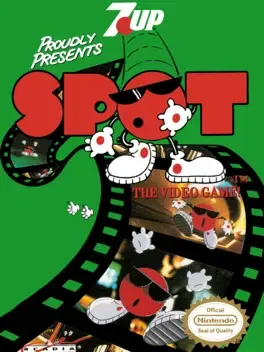
A puzzle game loosely featuring licensing from the 7Up soft drink. The gameplay involves up to 4 players, which can be either human or computer, each taking on spots of a particular colour. Starting from opposite corners, they take it in turns to move, either by 'reproducing' one of their spots to form another one in an adjacent square, or by making a jump, losing the square you did have but taking one two spaces away.
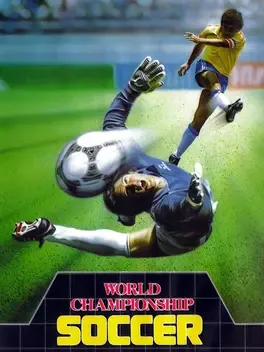
The game presents a top-down view of a simple version of soccer (there are no fouls, substitutions, or strategies). Players must dribble and pass the ball towards one end of the field and try to score a goal by forcing the ball into the opposing team's net.
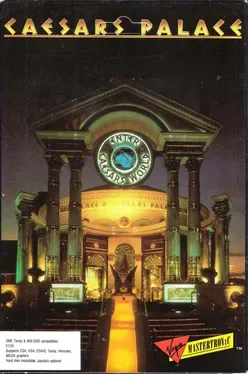
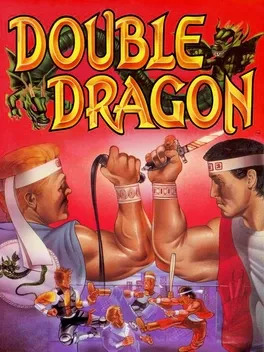
The Amstrad CPC port of Double Dragon.
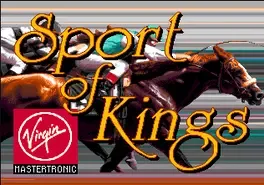
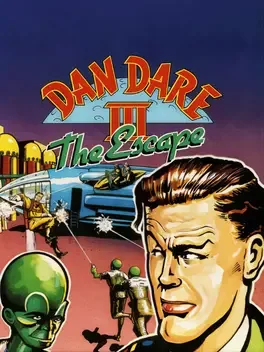
In this third installment of the Dan Dare series, players control the titular hero as he escapes Treen captivity on a scientific satellite orbiting Venus. Dan must navigate five levels using teleporters, collect fuel cans for an escape shuttle, and battle Treen enemies with various weapons. The game features a mix of exploration, combat, and resource management, as Dan uses his jetpack to traverse the satellite while managing its limited fuel. Players can purchase weapons through computer terminals and must defeat the Mekon leader to gain access to teleporters. The ultimate goal is to fuel the escape shuttle and flee the Treen satellite.
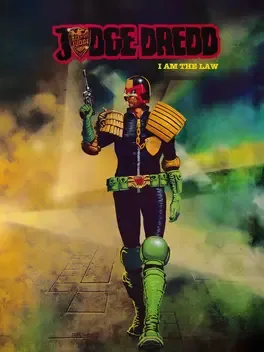
Play as Judge Dredd in this side scrolling shooter. Are you the law?
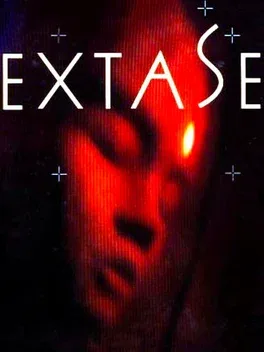
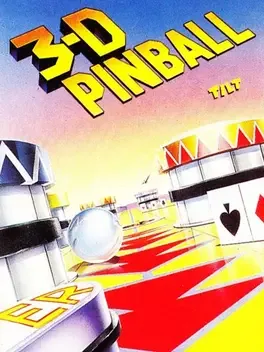
A pinball video game with an isometric view. Published by Mastertronic, programmed by Steve Walters, with the Amstrad CPC conversion by Bernardin Katic of Activemagic. While commerically released as 3-D Pinball, it is also referred to as Pinball Power in-game, across all versions.
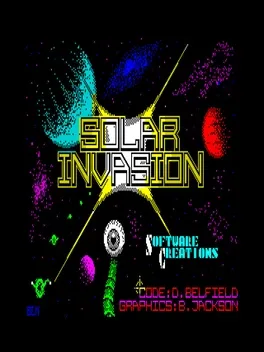
A lightgun shooter for the ZX Spectrum
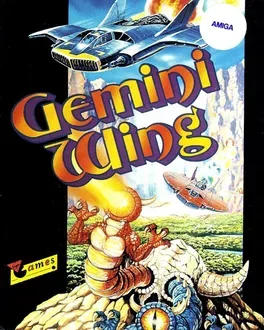
Humans and aliens are living in harmony in the future, until a tabloid journalist stirs up hatred towards aliens. They respond by invading the planet, and it's down to the protagonist to clear up a situation scarily similar to reality in this arcade conversion. Gemini Wing is a vertically-scrolling shoot 'em up, which is distinguished by its unusual power-up system. Instead of gaining occasional tokens which lead to lasting weaponry improvements, occasional flurries of tokens are released to ensure a quick burst of improved fire. The organic backgrounds are detailed, and have many sections which fire at the player character.
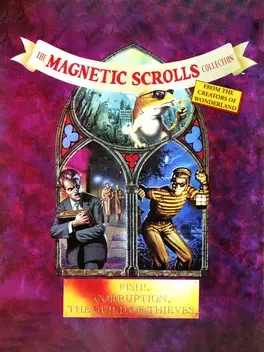
This collection includes 3 previously released titles ported to Magnetic Scrolls' Wonderland's game engine. Games included: – Corruption – The Guild of Thieves – Fish!